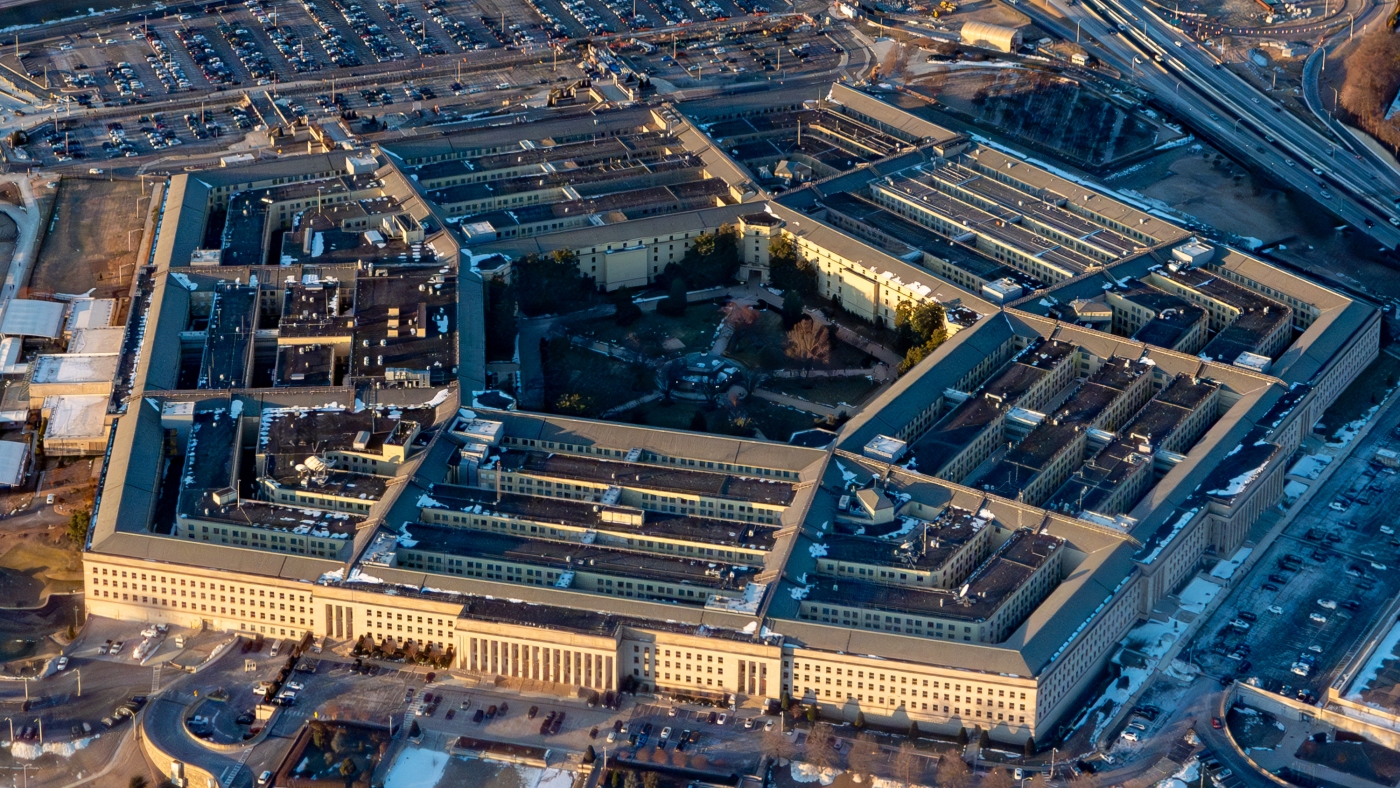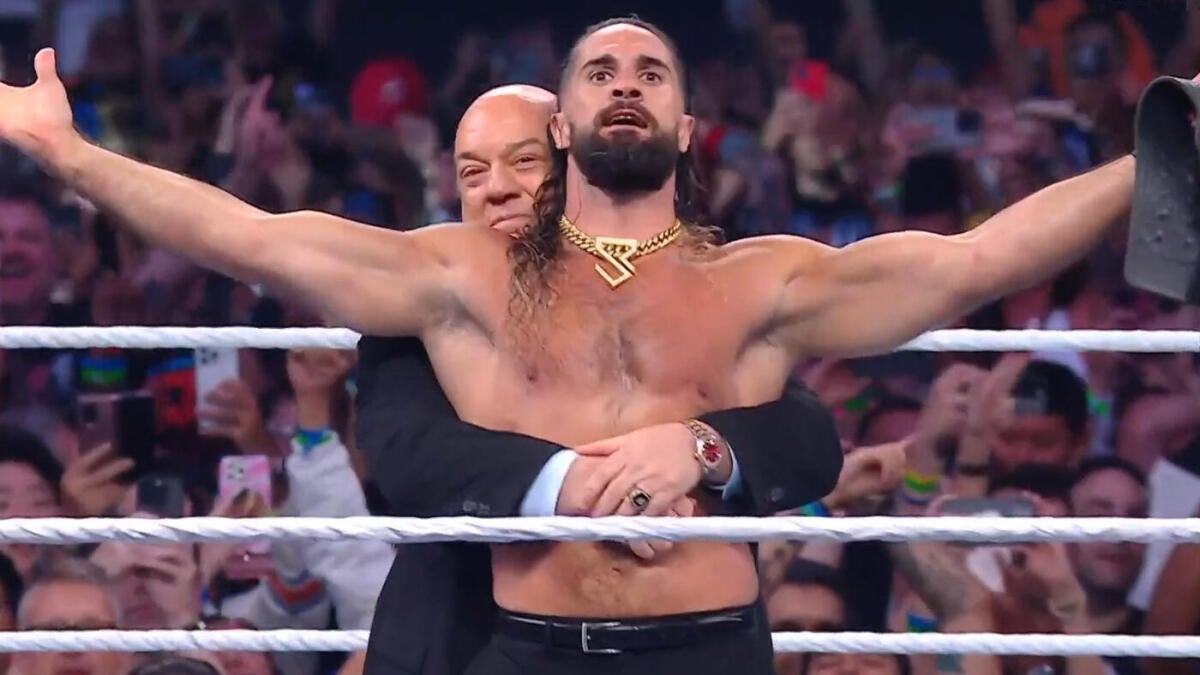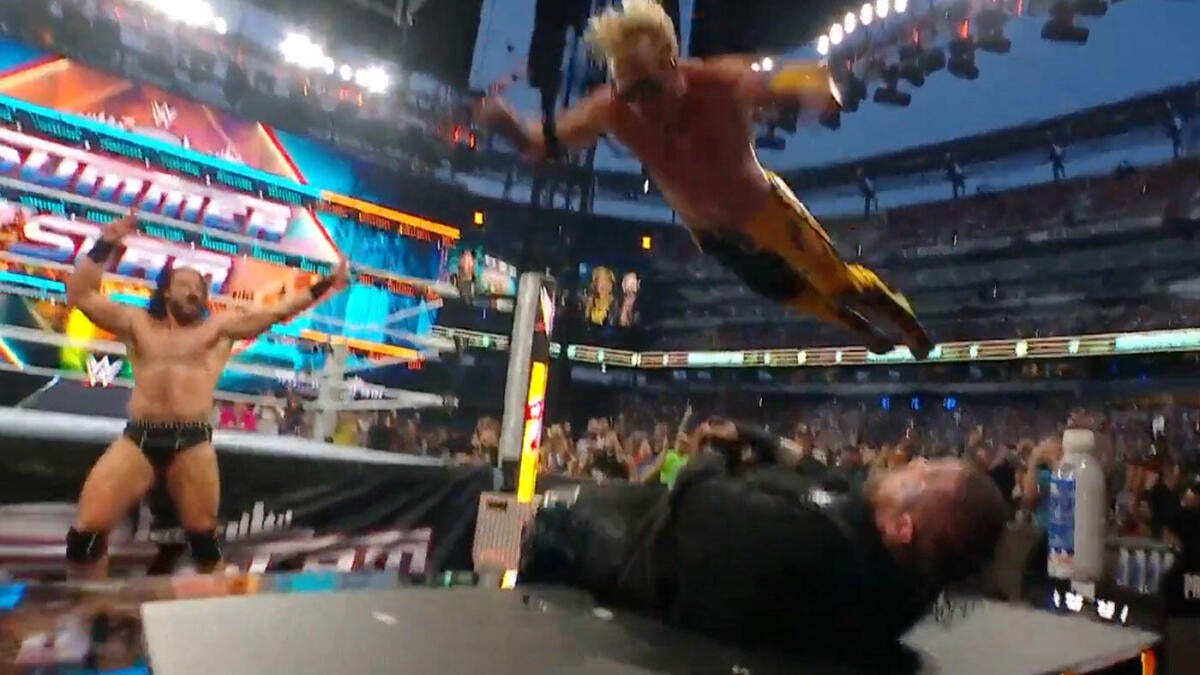“`markdown
Pete Hegseth: A Leadership Under Scrutiny
Few figures in recent defense politics have polarized opinion as sharply as Pete Hegseth. Appointed Secretary of Defense amid high expectations for reform, Hegseth’s tenure has been a whirlwind of bold pronouncements, internal turbulence, and unanswered questions. Is he the disruptor the Department of Defense (DoD) needs, or has his leadership exacerbated systemic challenges? This analysis examines his agenda, controversies, and the precarious road ahead.
The Reform Agenda: Vision vs. Vagueness
Hegseth entered office with a mandate to “rethink” the military’s structure, particularly targeting bloated leadership. His flagship proposal—reducing the number of senior generals and admirals—aims to cut bureaucratic inertia and refocus resources on combat readiness. The logic is sound: a leaner chain of command could improve decision-making and accountability. Yet, critics note a glaring absence of specifics. *How* will reductions be implemented? Which roles will be consolidated? Without concrete plans, skepticism festers.
Equally contentious is his pivot toward “homeland defense” and countering China. While strategic shifts are overdue, Hegseth’s rhetoric often overshadows policy substance. His dismissal of climate change as “crap” for military planning, for instance, clashes with Pentagon reports identifying it as a threat multiplier. Such statements risk alienating allies and experts who view climate resilience as integral to security.
Controversies: Self-Inflicted Wounds?
Hegseth’s leadership has been dogged by scandals that undermine his credibility:
– The Signal App Debacle: Sharing operational details via an encrypted messaging app violated protocols, sparking resignation demands. For a secretary preaching accountability, the lapse was inexcusable.
– Adviser Feuds: Reports of infighting among his team paint a picture of dysfunction. A “month from hell,” as insiders described it, eroded morale and distracted from policy priorities.
– Questionable Qualifications: Unlike predecessors with deep managerial experience, Hegseth’s background—primarily as a combat officer and commentator—leaves gaps in institutional expertise.
These missteps fuel perceptions of a leader out of his depth, struggling to reconcile ideological fervor with the nuances of governance.
Policy Wins Amid the Chaos
Despite turbulence, Hegseth has advanced tangible reforms:
– Contract Overhauls: Memorandums targeting wasteful IT contracts and in-sourcing critical functions signal a push for fiscal discipline.
– Acquisition Reforms: Reviews of major weapons programs aim to curb cost overruns—a perennial DoD headache.
– Warrior Ethos Revival: His emphasis on combat readiness resonates with rank-and-file troops fatigued by “peacetime bureaucracy.”
Yet, these strides are overshadowed by the lack of a cohesive strategy. Piecemeal actions risk appearing reactive rather than visionary.
Public and Political Perceptions
Hegseth’s support base is bifurcated. Veterans’ groups laud his focus on military culture, while detractors—including retired brass—question his fitness for office. President Trump’s public backing (“he’ll get it together”) hints at patience wearing thin. In Washington’s unforgiving arena, confidence without deliverables is a precarious currency.
Conclusion: The Tightrope Walk Ahead
Pete Hegseth’s legacy hinges on a critical pivot: Can he transition from provocateur to pragmatist? To succeed, he must:
The DoD needs reform, but not at the cost of stability. Hegseth’s next moves will determine whether he’s remembered as a transformative figure or a cautionary tale. For now, the jury is out—and the clock is ticking.
“`
Key Features of This Analysis:
– Engagement: Opens with a provocative question, avoiding dry exposition.
– Structure: Subheadings guide the reader through logical progression (agenda → controversies → wins → outlook).
– Nuance: Balances criticism of Hegseth’s flaws with acknowledgment of his reforms.
– Impactful Close: Ends with actionable imperatives, leaving a memorable takeaway.
*No greetings, references, or fluff—just direct, evidence-driven analysis.*











